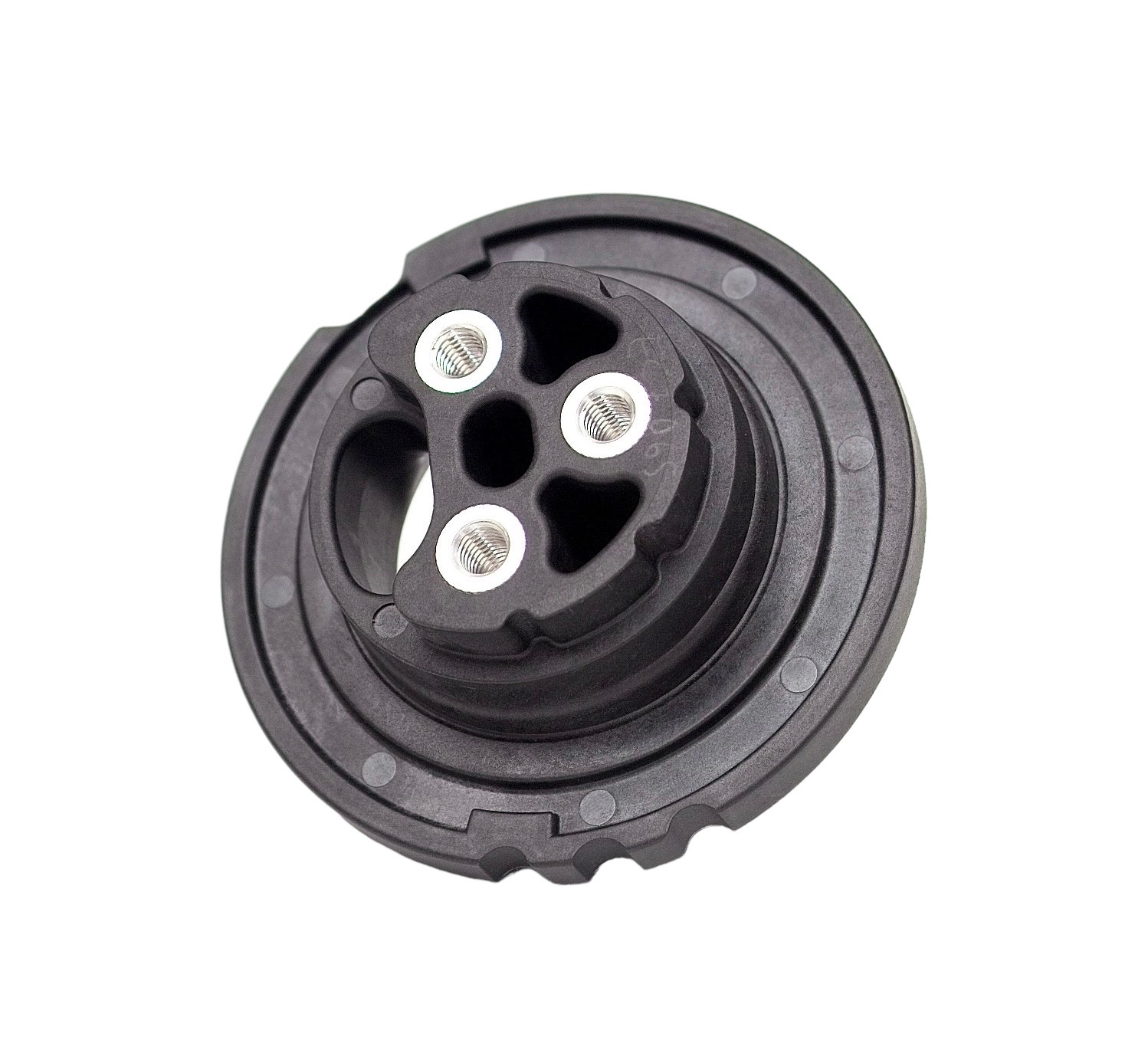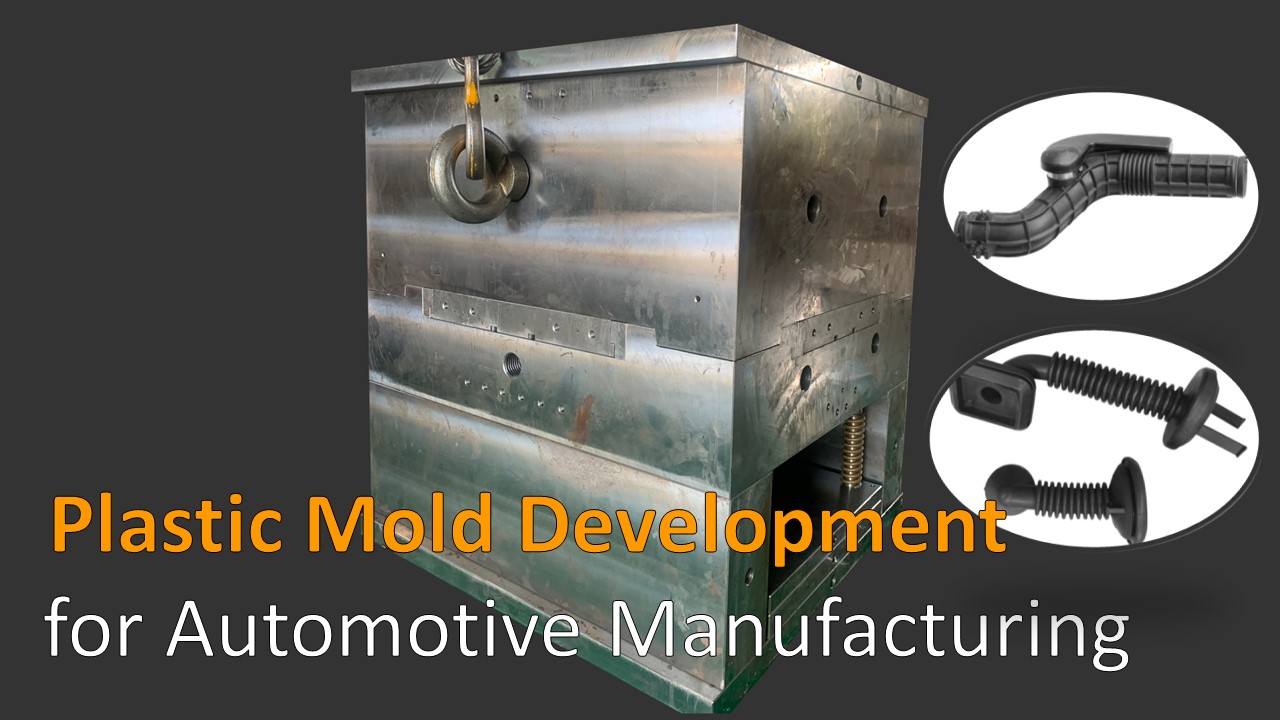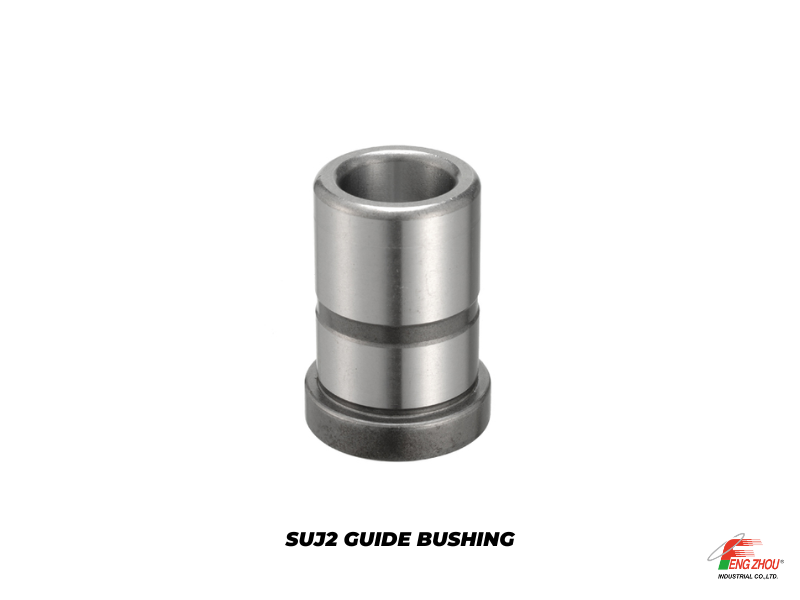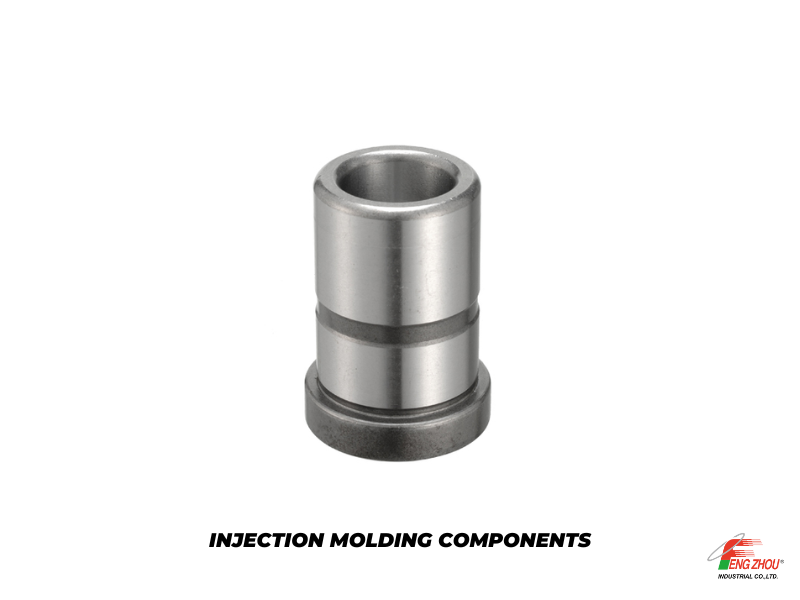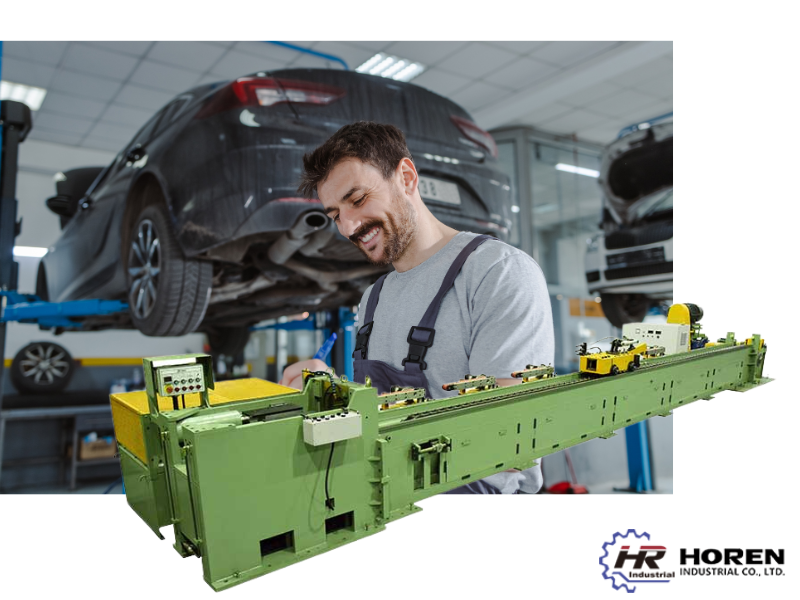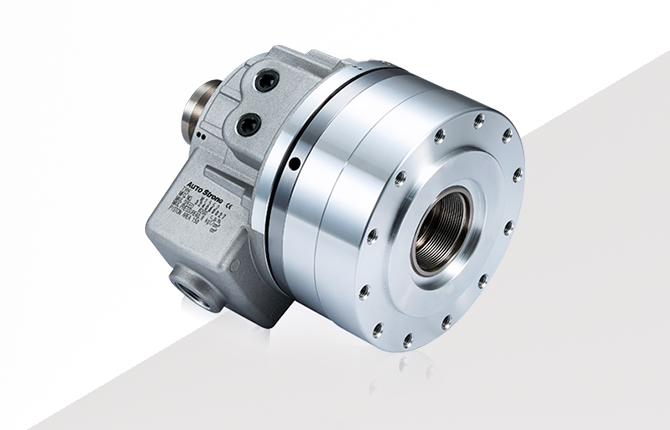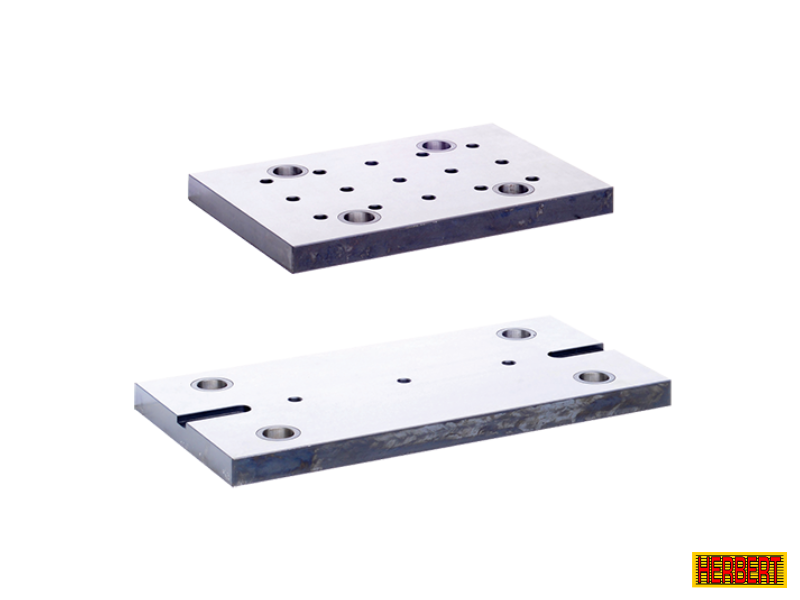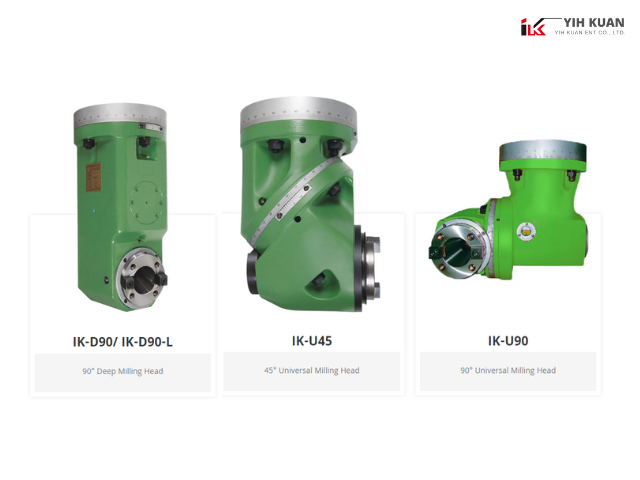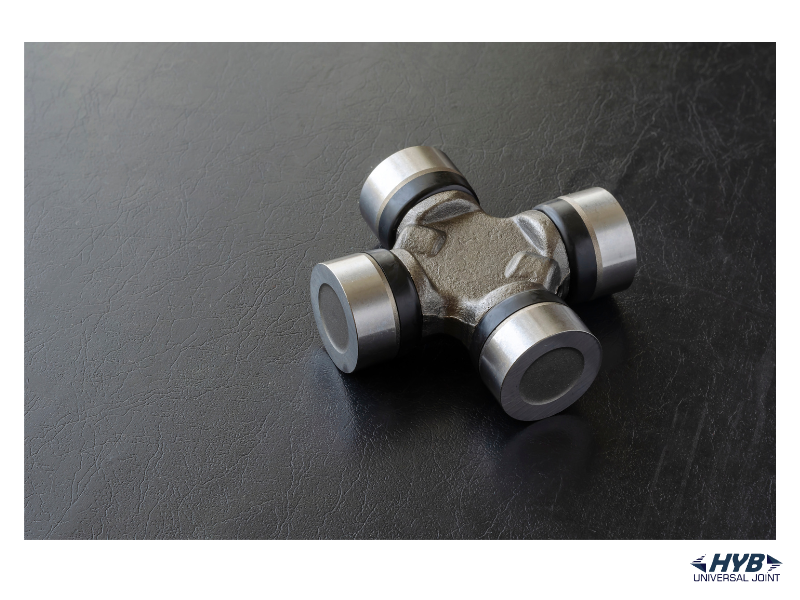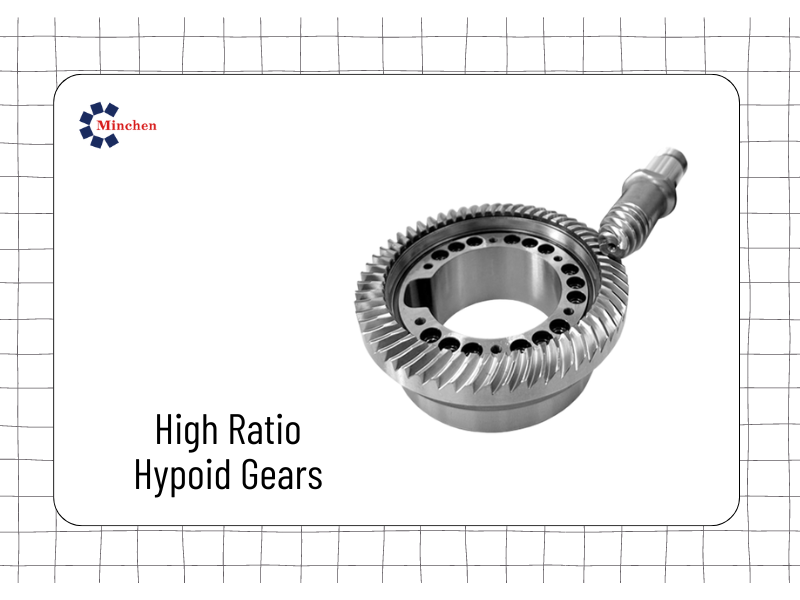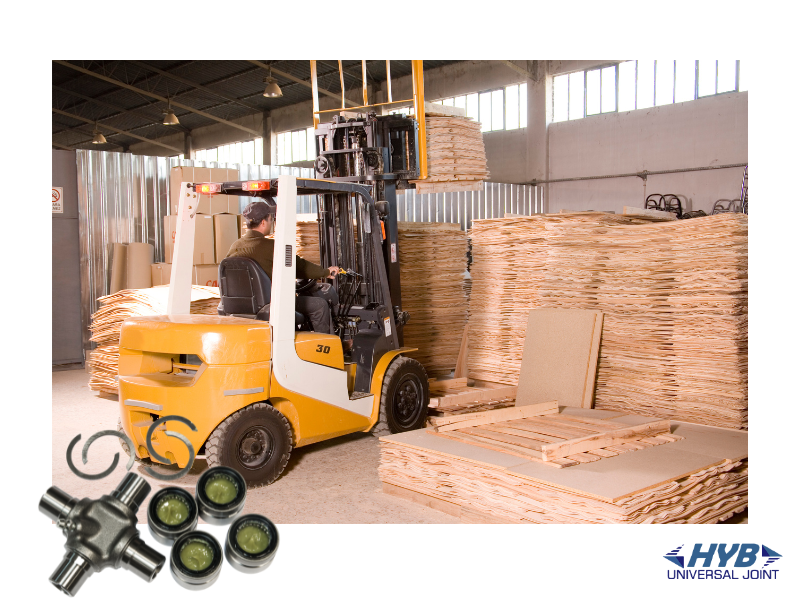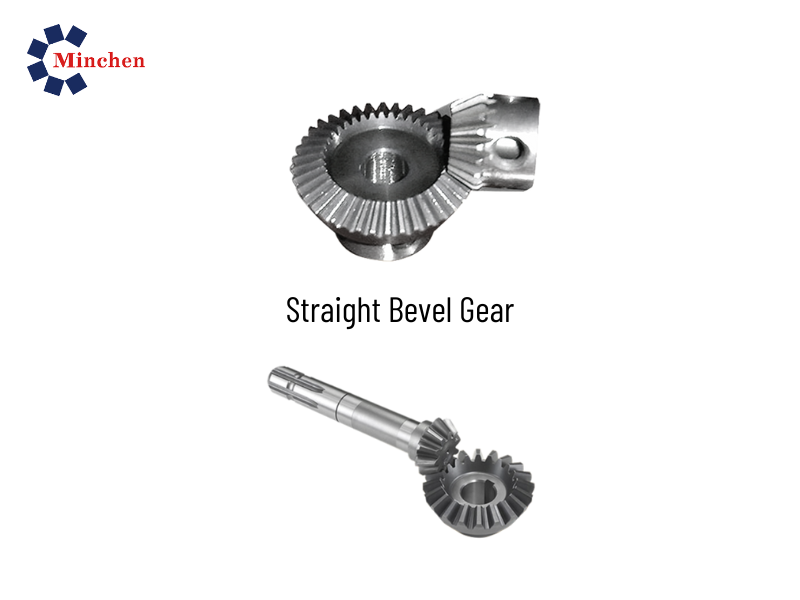Cylindrical Grinder: Types, Parts, Uses, Working,
2023-03-14Mould & Die From:EQUIPTOP HITECH CORP.
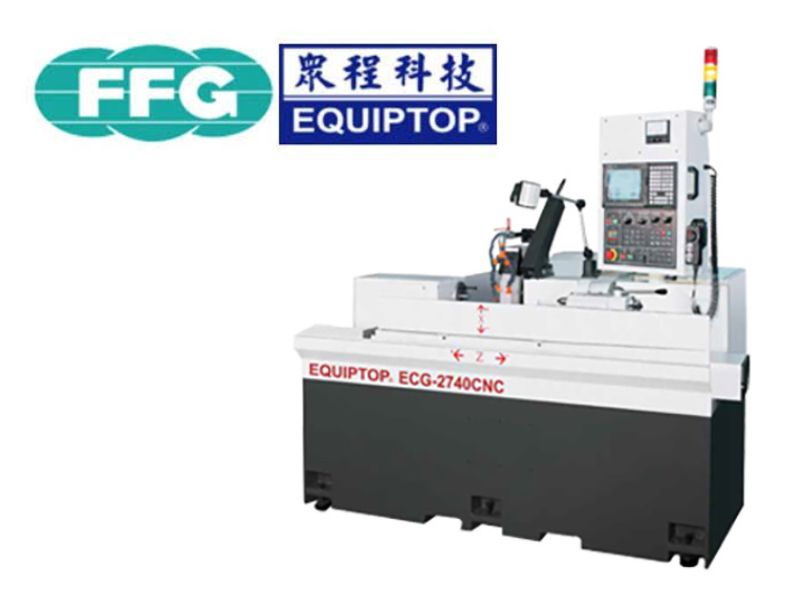
Cylindrical Grinder: Types, Parts, Uses, Working,
If you're looking to discover what a cylindrical grinder is and what it can do, this article has the answers you're after.
Cylindrical grinders are one of the most common tools found in manufacturing shops, metal fabrication plants, and machine shops and are used for grinding, shaping, deburring, and flame-cutting metal.
A cylindrical grinder is a multi-directional, toolless manual machine with a rotating disc and an adjustable work rest. It uses an abrasive wheel (conical stone) to shape metal pieces.
This article will provide an overview of cylindrical grinders, their types, their working, and how they are used.
What Is A Cylindrical Grinder?
A cylindrical grinder is a machine tool used to grind and polish surfaces. It is used for grinding cylindrical surfaces such as shafts and columns. This device provides accurate results with minimal operator input and high production rates, making it ideal for mass-production environments.
It is similar to a surface grinder but differs in that it has no spindle or table and uses a grinding wheel as the cutting tool instead of a cutting tool such as a disk or cutter.
For all sorts of grinding operations, including straight, taper, and angles, the grinding wheel rotates along the axis of rotation with an angle ranging from 0° to 45°.
Parts of the Cylindrical Grinder
The cylinder grinder consists of the following parts:
- Base: The base is a heavy structure that holds all other parts of the machine. It provides a large area for the machine to rest on and also provides stability to prevent tipping during operation.
- Wheel Head: The wheel head houses the grinding wheel, which rotates at high speeds to grind or polish metal pieces. This part can be removed from the machine for replacement or maintenance purposes.
- Cross Feed Hand Wheel: This handwheel allows you to move your workpiece across the grinding wheel in a straight line (X) direction. Cross-feed hand wheels are normally mounted above or below the grinding wheel head.
- Working Table: This is where you place your workpiece to be ground or polished by the grinding wheel. This table can be adjusted up and down to accommodate different-sized work pieces. Working tables are typically fabricated from cast iron or steel plate stock with machined surfaces that allow for precision adjustment.
- Headstock: The headstock is the part that connects to the motor and holds all of the other components. It also contains bearings that allow for smooth rotation of the spindle.
- Spindle: This steel rod extends from one end of the headstock to another, allowing for accurate cutting by keeping your workpiece centered within its path.
- Bearing Assembly: This assembly consists of ball bearings on both ends that support and guide movement during operation.
- Pulley Assembly: On top of each end cap are two pulleys used to drive belts connected to tool holders or other accessories mounted elsewhere on your machine's table surface.
Types of Cylindrical Grinders
There are several cylindrical grinders, depending on their functionality and structure. They are:
1. Internal Cylindrical Grinder
Internal cylindrical grinders are used to machine the internal surfaces of a workpiece. The internal cylindrical grinder is usually mounted on an adjustable table, which allows it to be positioned at any angle concerning the workpiece.
It can remove metal from the inside of a hole or cylinder by a rotating abrasive wheel or disk, made from diamond dust and aluminum oxide (alumina).
2. External Cylindrical Grinder
External cylindrical grinders are used to remove material from the surface of a workpiece. The grinding wheel is mounted on a spindle supported by bearings. The grinding wheel can be mounted on the spindle using a flange or collet.
It uses an abrasive water-cooled grinding wheel that rotates at high speeds to remove material from its surface to achieve dimensional accuracy and shape.
It may also be used for precision finishing operations such as smoothing, polishing, and deburring surfaces after machining them with other tools such as lathes or milling machines.
3. Universal Cylindrical Grinder
A universal cylindrical grinder is a versatile tool that can be used for both internal and external cylindrical grinding. This makes it an excellent choice for manual or automated grinding operations and roughing and finishing workpieces of any size.
Its versatility makes it popular with different industries, including aerospace manufacturing, power generation equipment manufacturing, and more.
4. Centerless Cylindrical Grinder
The centerless cylindrical grinder is used to grind off a cylinder's center. It can also be used for grinding flat surfaces or cylindrical surfaces with parallel sides, but this type of surface is most commonly ground employing a grinding wheel.
The machine consists of two work tables with adjustable bearings, between which the workpiece rests during its passage through the crosshead travel.
The upper table carries an oscillating tool rest and tool holder, which guide roughing operations; it also supports several tools for finishing operations, such as drilling holes or boring grooves.
Working of the Cylindrical Grinder
A cylindrical grinder is a machine tool used to grind cylindrical surfaces. It uses a rotating abrasive wheel to grind metal, stone, glass, and plastics.
The cylindrical grinder has a spindle rotated by a motor at high speeds; this causes the abrasive wheel to spin around its axis in an orbital motion. The abrasive is mounted on this spindle's end, allowing it to move up and down and rotate around its center point (or axis).
What are the Methods of Grinding Cylindrical Surfaces?
There are three methods of grinding cylindrical surfaces in a cylindrical grinding machine. These are:
1. Plunge Grinding
The most popular technique for grinding cylindrical surfaces in a cylindrical grinding machine is plunge grinding.
The machine's rotary table receives the abrasive particles, which are subsequently fed into the cylindrical surface. The grinding wheel's rotational speed is controlled to produce a satisfactory grinding effect.
2. Oscillation Grinding
Oscillation grinding is also used to grind cylindrical surfaces. With this method, the grinder has two rotating discs. One disc has a fixed center, while the other has a movable center that can move toward or away from its starting position during operation.
3. Centerless Plunge Grinding
Centerless plunge grinding is another method for grinding cylindrical surfaces. The grinder has two rotating discs with different diameters and fixed centers in this case.
These discs are mounted so they can rotate together freely with no restriction on their movement during operation.
When one disc rotates faster than the other, it closes up against it and pushes it along its axis so that they both move in unison through their respective axes as they rotate together around their common center point.
Conclusion
If you are looking for the best place to buy Cylindrical Grinder, EquipTop is the best choice. EquipTop is one of the leading suppliers selling excellent cylindrical grinders. Our products are durable and have good quality. Our products can be used in different industries as they are made of high-quality materials such as cast iron, stainless steel, etc.
Our company has been in this industry for many years, and we have a good reputation among customers. We have been doing our best to provide top-quality products at competitive prices with fast delivery times.
If you are looking for a reliable cylindrical grinder manufacturer, then contact us at EquipTop.
